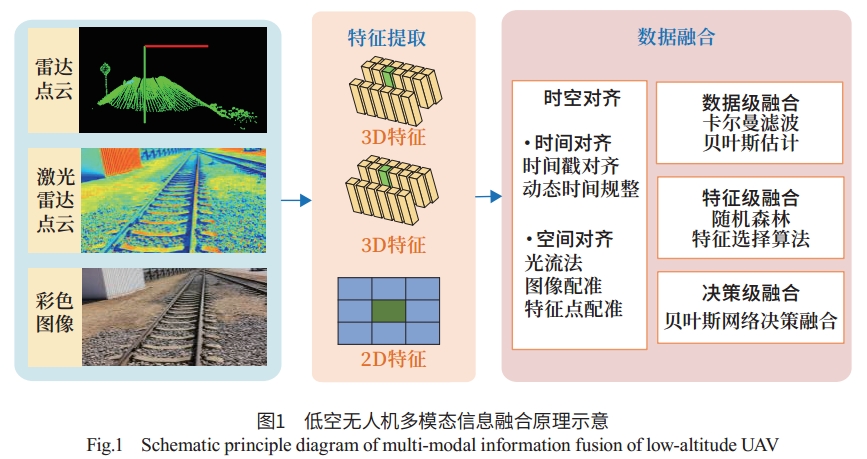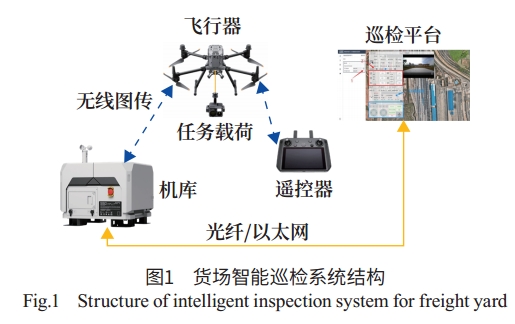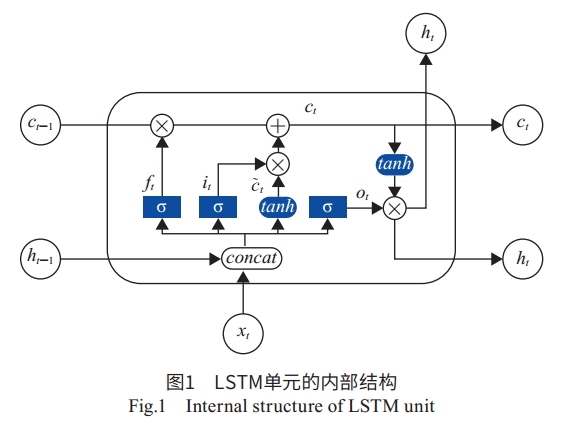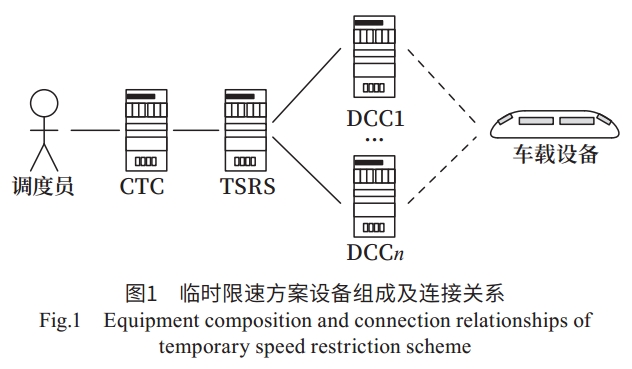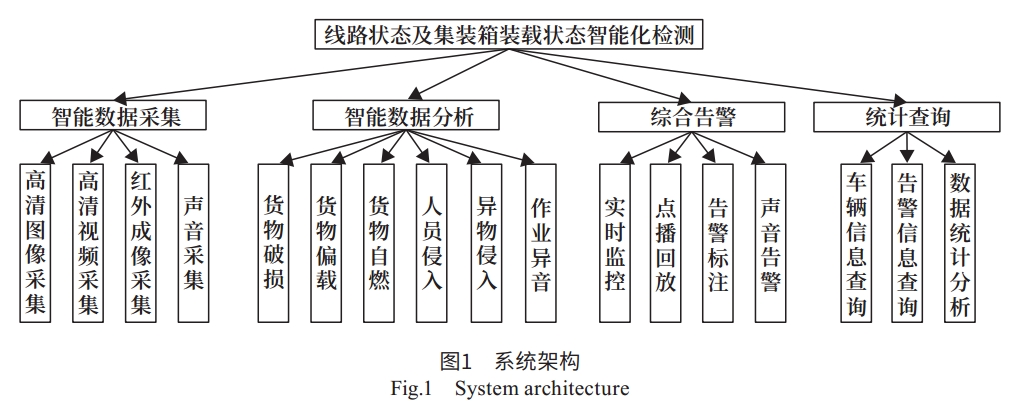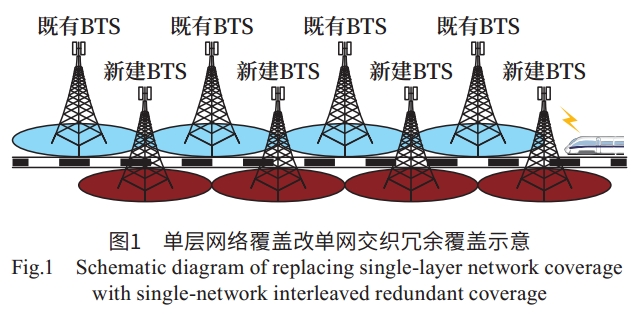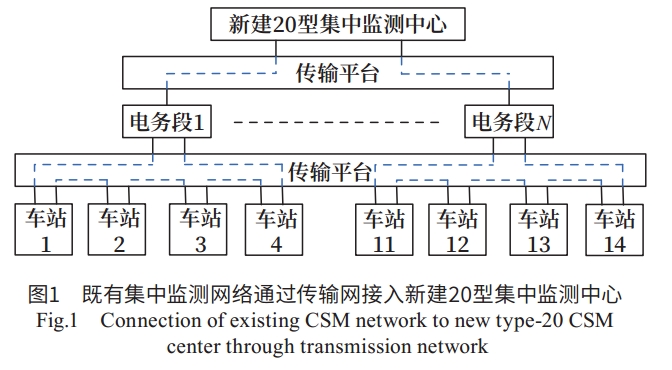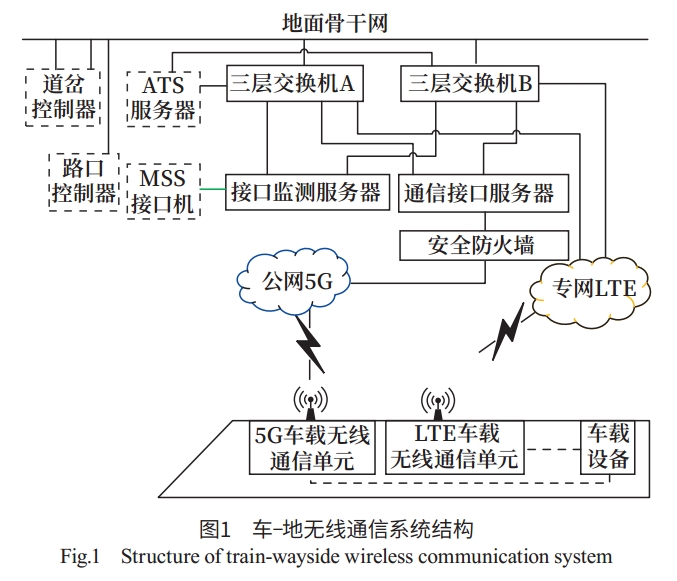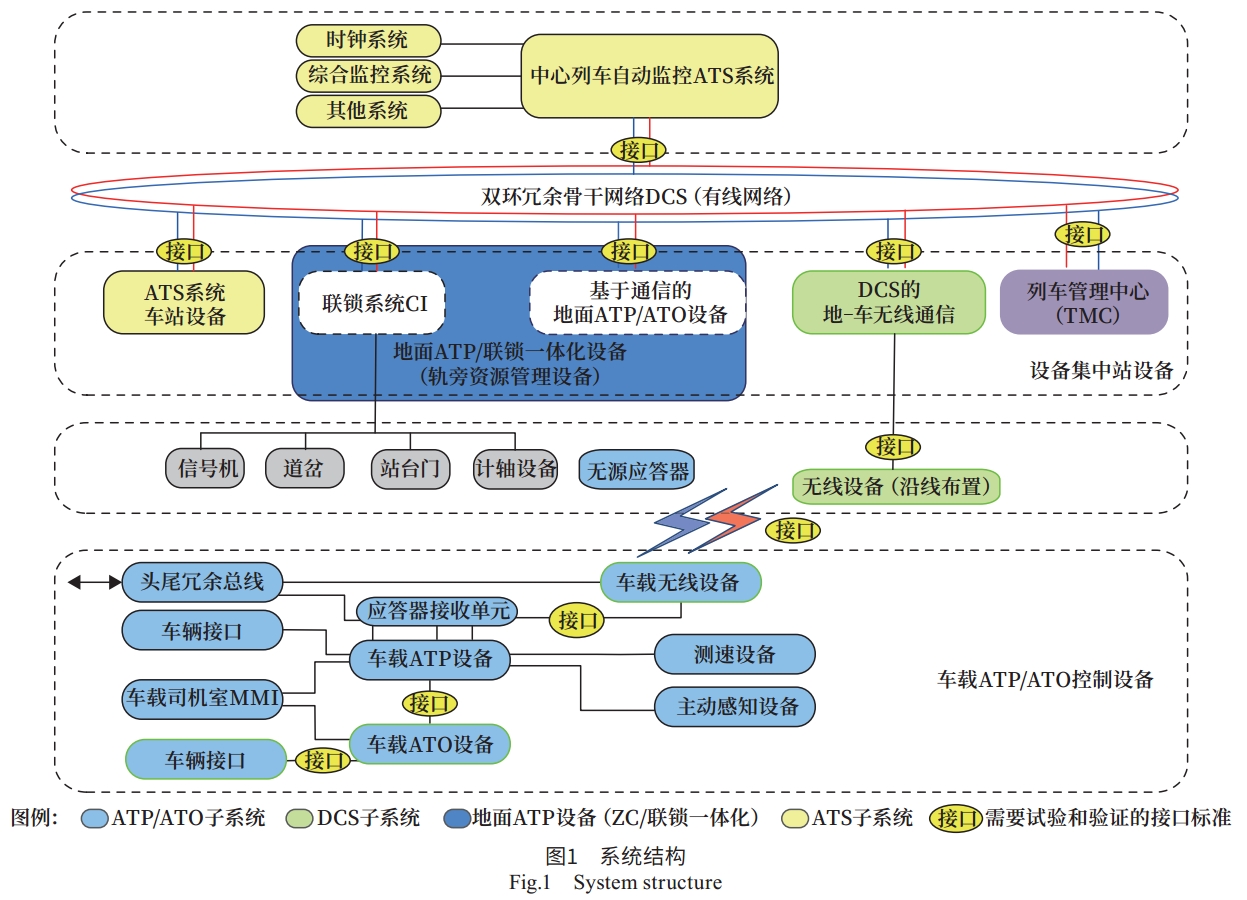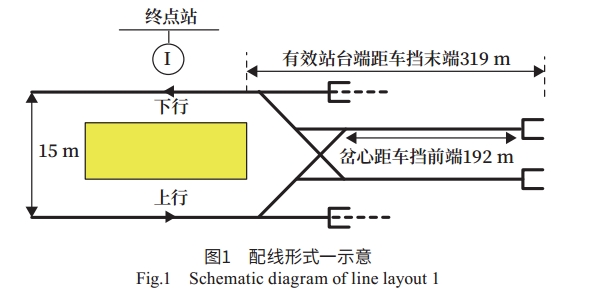Welcome to Railway Signalling & Communication Engineering,
Today is
中文
Current Issue
-
Research on Intelligent Sensing and Precise Positioning of Low-Altitude UAV for Railway Inspection
-
Cai Baigen, Li Zhiyu, Wang Jian, Liu Dan, Jiang Wei, Zhao Jiaqi, Wang Xiaoyang, Liu Jiang, Lu Debiao
-
2025 Vol. 22 (1):
1-12.
DOI:10.3969/j.issn.1673-4440.2025.01.001
-
Abstract (
)
PDF
(2827KB)(
)
-
As one of the typical scenarios of "low-altitude + rail", railway inspection uses low-altitude UAV (Unmanned Aerial Vehicle) based inspection to assist or replace manual inspection, which can reduce the cost of inspection and the accident rate of inspection personnel while improving inspection efficiency. First, the current situation of railway UAV inspection technology and application in China and other countries is investigated, and the corresponding problems, such as intelligent sensing of UAV in air-to-ground mode, precise positioning of UAV in high-density and short-interval scenarios and sensing and positioning coordination of UAV, are summarized. To solve the above problems, two key technologies of low-altitude UAV are researched to improve the comprehensive railway inspection performance of low-altitude UAV. One of these technologies is multi-modal intelligent sensing technology based on LiDAR and vision fusion, and the other one is multi-sensor precision positioning technology based on high-precision satellite navigation, inertial navigation, UWB (Ultra Wide Band) and 5G (5th Generation Mobile Communication Technology) fusion. Based on these two key technologies, a low-altitude railway UAV inspection scheme with collaborative intelligent sensing and precise positioning is designed, which can support the promotion and application of low-altitude UAV inspection in the railway field in the future
-
-
Application Exploration and Practice of UAVs in Railways
-
Zhao Qiang, Liu Zhiming
-
2025 Vol. 22 (1):
13-18.
DOI:10.3969/j.issn.1673-4440.2025.01.002
-
Abstract (
)
PDF
(3864KB)(
)
-
In the railway field, with the increasing requirements for railway operation safety, UAVs have shown great potential for application in the railway industry due to their advantages of high flexibility, low cost and wide coverage. This paper analyzes the application requirements of railway freight yards and marshalling yards, as well as such scenarios as construction and emergency management, and proposes a solution using UAVs together with such technologies as 3D GIS, Beidou high-definition positioning, AI image recognition, airborne sensing and digital twin for such applications as intelligent inspection, safety control, emergency management and remote dispatching. In addition, this paper analyzes the development direction of UAVs for the next step in terms of large-scale application in the railway industry, and provides an in-depth discussion on necessary improvements in such areas as policy guidance, equipment safety attribute and airspace control technology.
-
-
Anomaly Perception and Detection Method Along Railway Lines Based on Dynamic Value Perception and Image Cropping Along with
-
Lin Junting, Chen Quan, Ma He, Peng Jiawei, Chai Jinchuan
-
2025 Vol. 22 (1):
19-27.
DOI:10.3969/j.issn.1673-4440.2025.01.003
-
Abstract (
)
PDF
(4170KB)(
)
-
Since the areas along the railway tracks are open and expansive, and as high-definition cameras are widely used, most of the intruding objects have the characteristics of occupying a small space in the images and exhibiting low pixel density, which reduces the detection performance of existing algorithms for targets, especially small ones. To address this problem, this paper proposes an anomaly perception and detection method along the railways based on dynamic value perception and image cropping, along with YOLOv8. First, the moving target area is perceived by the method of dynamic value perception. Then, the image is cropped with the dynamic target at the center and input into the YOLOv8 network for detection, to prevent the compression of the information about the key features when the target area image is fed into the network. Finally, the proposed algorithm is verified on the RailD49 dataset, with a recall of 80.33% and a precision of 81.67%, and is found to have better detection capability for moving targets along railways than original YOLOv8m.
-
-
Prediction of Heavy-Haul Railway Freight Volume Considering Days of Track Possession for Construction Purposes
-
Zhou Jin, Liu Ziyang, Liu Yongzhuang, Ma Rui
-
2025 Vol. 22 (1):
28-34,83.
DOI:10.3969/j.issn.1673-4440.2025.01.004
-
Abstract (
)
PDF
(2068KB)(
)
-
Freight volume is one of the most important indicators for the daily management of heavy-haul railway transport. Using the big data analysis platform for heavy-haul railways, this paper addresses the issue of daily freight volume prediction in the freight transport production and dispatching activities of heavy-haul railways. Considering the impact of track possession for construction purposes on freight volume for different railway lines, it establishes a freight volume prediction model based on LSTM. Using the freight-volume prediction datasets established for a certain railway group company in the mining industry and its subsidiary companies, this paper also modifies the LSTM model by leveraging the information and characteristics of track possession for construction purposes. Through training and parameter adjustment, the proposed model achieves significant performance improvements compared with such models as ARIMA, original LSTM and GRU when tested on the real datasets. It can effectively address the challenges of large fluctuation and notable instability in daily freight volume data. After effectiveness verification, the proposed model is deployed in the comprehensive dispatching information system. It performs daily calculations and displays result updates based on additional data, thereby reducing the workload of freight statistics analysts.
-
-
Research on Construction Plan of Intelligent Training Rooms for Railway Signaling Systems
-
Ma Zhiqiang, Cui Gaoxing, Zhang Wenxing, Liu Lilong
-
2025 Vol. 22 (1):
35-43.
DOI:10.3969/j.issn.1673-4440.2025.01.005
-
Abstract (
)
PDF
(6551KB)(
)
-
In response to the problems of low training efficiency and incomplete records caused by manual wiring and welding, manual training record keeping and other operations often required in traditional operation training systems for signaling systems, a construction scheme of intelligent training rooms for railway signaling systems is proposed using such advanced technologies as computer simulation, VR virtual simulation, data mining and physical information fusion. The proposed scheme achieves functions ranging from closed-loop management of training plans, online supervision of training equipment, and intelligent evaluation of employee skills to training guidance in relation to comprehensive emergency drills and remote intelligent fault analysis for railway signals. It aligns signaling training more closely with on-site situation, and makes training management more informatized, intelligent and visualized. An "unmanned" comprehensive platform without the direct participation of management personnel is established, integrating training, practice and assessment. The intelligent training methods have enhanced the breadth and depth of learning for employees in the training rooms, with the support of a comprehensive management system for the training rooms, which uses the big data analysis technology to make personnel training more targeted.
-
-
Safety Analysis of Temporary Speed Restriction System Scheme for BDS-Based Train Control System for Heavy Haul Railways
-
Xie Shengzhi
-
2025 Vol. 22 (1):
44-50,140.
DOI:10.3969/j.issn.1673-4440.2025.01.006
-
Abstract (
)
PDF
(1472KB)(
)
-
A fault tree model is established for the implementation of temporary speed restriction function in the train control system for heavy haul railways based on BeiDou Navigation Satellite System (BDS). Additionally, the failure rate of the system's temporary speed restriction function is calculated on the basis of the failure rates of various subsystems. Finally, the resultant failure rate of the system’s speed restriction function is compared with the tolerable functional failure rate (TFFR) required by Safety Integrity Level (SIL) 4, which demonstrates that the temporary speed restriction function of the BDS-based train control system for heavy haul railways meets the TFFR requirements of SIL4.
-
-
Design and Experiment of Broken Rail Monitoring System Based on Ultrasonic Guided Waves for Turnout
-
Cheng Chao, Li Miao, Zhang Ke, Lin Shiyao, Yan Jinzheng
-
2025 Vol. 22 (1):
51-56,113.
DOI:10.3969/j.issn.1673-4440.2025.01.007
-
Abstract (
)
PDF
(4310KB)(
)
-
In response to the problem that the variable cross-section structure of the rail in the turnout area is prone to deformation, and due to the lack of intelligent damage monitoring for the rail, this paper proposes a broken rail monitoring system based on ultrasonic guided waves for the turnout, which mainly consists of on-track equipment and trackside equipment. This research focuses on the structural and operational parameters of the transducers and sensors of the on-track equipment, and determines the MEMS acceleration sensor designed with AD1005 and IEPE interface circuit. Through on-site installation and testing, the correctness of the design has been verified for the transducers and sensors of the on-track equipment, and an idea has been provided and a theoretical basis has been laid for the intelligent operation and maintenance of railways in turnout areas.
-
-
Application of Intelligent Detection Technology in Handover Operation of Railway-Water Intermodal Transport
-
Gu Wen
-
2025 Vol. 22 (1):
57-62.
DOI:10.3969/j.issn.1673-4440.2025.01.008
-
Abstract (
)
PDF
(1316KB)(
)
-
This paper introduces the currently-used traditional operational mode and the existing problems in the handover operation of railway-water intermodal transport. The intelligent detection technology is applied at the loading and unloading lines of the port to detect the line status and the container loading status. Through the collection of high-definition images, videos, infrared images, audio files and other data from the site, and the combination of the above information with machine learning algorithms and such technologies as intelligent identification, the goal of automatically determining the site status and alerting relevant staff is achieved during the handover operation process. The proposed technology has great significance for promoting the construction of smart port areas and green ports, and for achieving truly unmanned loading and unloading operations.
-
-
Research on New Automated Handover Scheme of Railway Lines for Container Loading and Unloading Operations
-
Zhang Zihang
-
2025 Vol. 22 (1):
63-69.
DOI:10.3969/j.issn.1673-4440.2025.01.009
-
Abstract (
)
PDF
(1379KB)(
)
-
Automated railway loading and unloading lines for automated terminals have been constructed for multiple ports in China. However, due to differences in management and operational handover systems between railways and ports, there is a lack of mature, reliable and advanced management and technical experience to address the operational handover issues between these systems, which can lead to potential hazards for work safety in handover operations between railways and ports, unclear handover of responsibilities, mutual interference between operational interfaces, and low operational efficiency. Considering the transport method and characteristics of railway container yards for container multimodal transport, this paper proposes a new automated handover control method of railway lines for container loading and unloading operations. By optimizing the locomotive onboard system, utilizing such technologies as balises and track section occupancy checks, and following the "fail-safe" principle, the proposed method enables automated operational handover for container loading and unloading lines.
-
-
Research on Network Security Assurance Strategy of Intelligent Service System for Regional Rail Transit
-
Gao Tingting
-
2025 Vol. 22 (1):
76-83.
DOI:10.3969/j.issn.1673-4440.2025.01.011
-
Abstract (
)
PDF
(1507KB)(
)
-
Network security is the environmental prerequisite for the safe, reliable and stable operation of the intelligent service system for regional rail transit. On the basis of theoretical research on existing network security models, this paper achieves organic integration of dynamic information security theory and proposes an SAP2DR2 security model based on situational awareness. Additionally, on the basis of the characteristics of the intelligent service system for regional rail transit in the cloud computing environment, it proposes a security strategy of "one center, five levels". In combination with this security strategy, the analytic hierarchy process and SAP2DR2 model are used to conduct risk assessments on network security for the above system, providing data basis for further research on automatic generation and adaptive adjustment of weights.
-
-
Research on Retrofitting Scheme of Communication System for Speed-up of Existing 250 km/h High-Speed Railways
-
Ge Weitao, Wang Bin, Chai Jinchuan, Yang Qi, Li Guangsen
-
2025 Vol. 22 (1):
84-89.
DOI:10.3969/j.issn.1673-4440.2025.01.012
-
Abstract (
)
PDF
(1374KB)(
)
-
In order to solve the problem of technical transformation of various communication subsystems when existing high-speed railways at 250 km/h are upgraded to a higher speed level, this paper studies the speed adaptability of various communication subsystems and the retrofitting scheme for railway speed-up. Firstly, from the perspective of technical standards, it analyzes the relationship between various communication subsystems and train speeds. Secondly, considering both the existing train control level of signaling system and the coverage mode of GSM-R, it proposes the retrofitting scheme for railway speed-up of GSM-R system, and studies the retrofitting schemes for railway speed-up of transmission system, integrated video surveillance system and power equipment, which can be used as references for similar projects.
-
-
Scheme for Connecting Type-20 Centralized Signal Monitoring System for Railways to Data Communication Network
-
Wang Weilong, Zhou Xuebing, Zhao Qiang
-
2025 Vol. 22 (1):
90-97.
DOI:10.3969/j.issn.1673-4440.2025.01.013
-
Abstract (
)
PDF
(1434KB)(
)
-
On the basis of the characteristics of railway data communication networks, the network structure of the type-10 Centralized Signal Monitoring (CSM) system and the experience from project implementation, this paper standardizes the scheme for connecting the type-20 CSM system for railways to the data communication network. It summarizes the routing protocol for interconnection between the Customer Edge (CE) equipment of the CSM system and the Provider Edge (PE) equipment of the data communication network. It also puts forward a new solution for connecting the type-20 CSM repeater station to the data communication network with the help of a transmission platform. The proposed method not only reduces the implementation and maintenance costs at both the signaling side and the communication side, and improves the access reliability of the repeater stations, but also standardizes the configuration of the CE station Ethernet switches for the type-20 CSM master stations and repeater stations.
-
-
Train-Wayside Communication Scheme Based on Redundant Fusion of LTE Private Network and 5G Public Network
-
Lei Bin, Bai Xuan
-
2025 Vol. 22 (1):
98-104.
DOI:10.3969/j.issn.1673-4440.2025.01.014
-
Abstract (
)
PDF
(1155KB)(
)
-
This paper conducts detailed research and analysis on the communication scheme based on the redundant fusion of LTE private network and 5G public network communication, considering the circumstances of Lijiang Rail Transit Line 1. For Lijiang Line 1, the LTE private network functions as the main channel for train-wayside transmission of wireless communication data for the signaling system, while the 5G public network serves as the standby channel for sending and receiving data messages between the onboard and wayside signaling equipment in the signaling system, enabling data transmission among wayside control centers, stations and vehicle bases, and between wayside and onboard signaling equipment. The proposed scheme ensures the normal operation of data communication services in the signaling system. This paper elaborately discusses the integration communication solution of LTE private network and 5G public network, providing an important reference for the future development of data communication technology in the urban rail transit industry.
-
-
Research on Key Issues of Train Control System for Urban Railways Supporting Integration of Four Networks
-
Zhang Youbing, Chen Zhiqiang, Wang Shuo, Zhang Jiaxing, Tian Huanhuan, Huang Rui
-
2025 Vol. 22 (1):
105-113.
DOI:10.3969/j.issn.1673-4440.2025.01.015
-
Abstract (
)
PDF
(1519KB)(
)
-
On the basis of in-depth analysis of the characteristics of urban railways, detailed research is conducted on such key issues as selection of train control standards, applicability of CTCS train control systems, compatibility modes between onboard and trackside equipment, and compatibility modes of onboard equipment. The research results indicate that, given the significant advantages of CTCS systems in network-level commanding, standard and specification completeness, and interoperability capability, CTCS is recommended as the main train control standard for urban railways. To achieve the integration of four networks and the cross-line operation of different signaling systems, future research work is needed for the development of train control systems compatible with CTCS and CBTC standards. In the short term, technical upgrades can be made on the basis of the CTCS-2+ATO train control system for high-speed railways, to build a train control system that meets the needs of urban railways. At the same time, development work for compatible onboard equipment is recommended, to achieve cross-line operation through adaptation of onboard equipment to trackside equipment. Moreover, development work for integrated onboard equipment that combines CTCS and CBTC standards is advocated, to simplify system structure and reduce equipment costs. This research provides strong support for the development of smart urban railways, and has great significance for improving railway transport safety and enhancing transport efficiency.
-
-
Research on Control Scheme for Train Autonomous Circumambulate System Based on Active Perception
-
Peng Pai, Zhao Zhenjie, Li Kai, Pang Xiaoxiao
-
2025 Vol. 22 (1):
114-121.
DOI:10.3969/j.issn.1673-4440.2025.01.016
-
Abstract (
)
PDF
(1364KB)(
)
-
This paper introduces the system composition, system functions and main characteristics of the autonomous train operation system. Based on resource management and characterized by active train routing and autonomous train protection, the current train onboard equipment confirms the positions and running direction of trains on the route according to the position information of the trains, requests the position and speed information from the preceding train in operation, and requests for the required trackside resource information from the trackside resource management equipment. The preceding train periodically sends real-time position information and resource occupancy/release information to the current train, and the current train calculates its movement authority in real time and updates its speed control curve, to shorten the system's headway. The proposed system utilizes active perception devices to identify obstacles ahead, signal status ahead, and position information about the preceding train, achieving reliable operation in degraded mode.
-
-
Analysis of Interface between Signaling System and Gap Detection System for Urban Rail Transit
-
Zheng Wei, Zhang Yuhao, Li Jinfeng
-
2025 Vol. 22 (1):
122-128.
DOI:10.3969/j.issn.1673-4440.2025.01.017
-
Abstract (
)
PDF
(1166KB)(
)
-
The gap detection system detects whether there are obstacles between the platform doors and the train doors, achieving the gap safety protection function through coordination with the signaling system. Generally, there are two ways for the signaling systems of fully automatic driverless lines to obtain the gap detection information. One is to directly interface with the gap detection system, and the other is to interface with the platform door system, which is provided with the information from the gap detection system. Starting by examining the two different interface modes, this paper introduces the differences between these modes according to their working time sequences, compares and analyzes these modes from the aspects of interface quantities and information, interface data flows, bypass modes and detection timing, and puts forward optimization suggestions based on the characteristics of actual applications in specific projects. The two interface modes both have advantages and disadvantages. For different projects, one of these modes can be selected according to the differences between the platform door systems and the gap detection systems from various manufacturers in the detailed design stage, along with the proposed optimization suggestions.
-
-
Research on Line Layout for Reserved Extension Scheme of Starting and Terminal Stations for Urban Rail Transit
-
She Lujun, Chen Jie, Ma Detu
-
2025 Vol. 22 (1):
129-133.
DOI:10.3969/j.issn.1673-4440.2025.01.018
-
Abstract (
)
PDF
(1286KB)(
)
-
The line layout design of starting and terminal stations for urban rail transit has a direct bearing on the smooth line connection of the line extension project, thus becoming an important factor in controlling project investment. This paper investigates the line layout of the starting and terminal stations in such cities as Hefei, Hangzhou and Ningbo, and analyzes the design ideas, advantages and disadvantages of various line layouts. In view of the practical engineering cases accumulated from the east extension project of Hefei Metro Line 2, it focuses the analysis on such perspectives as operational flexibility, project investment, future extension demands and practicability. In the end, this paper proposes a cost-reasonable optimization scheme supporting flexible operation and facilitating line extension for trains turning back through turnouts at the back of the station to accommodate the reserved extension schemes of starting and terminal stations for urban rail transit.
-
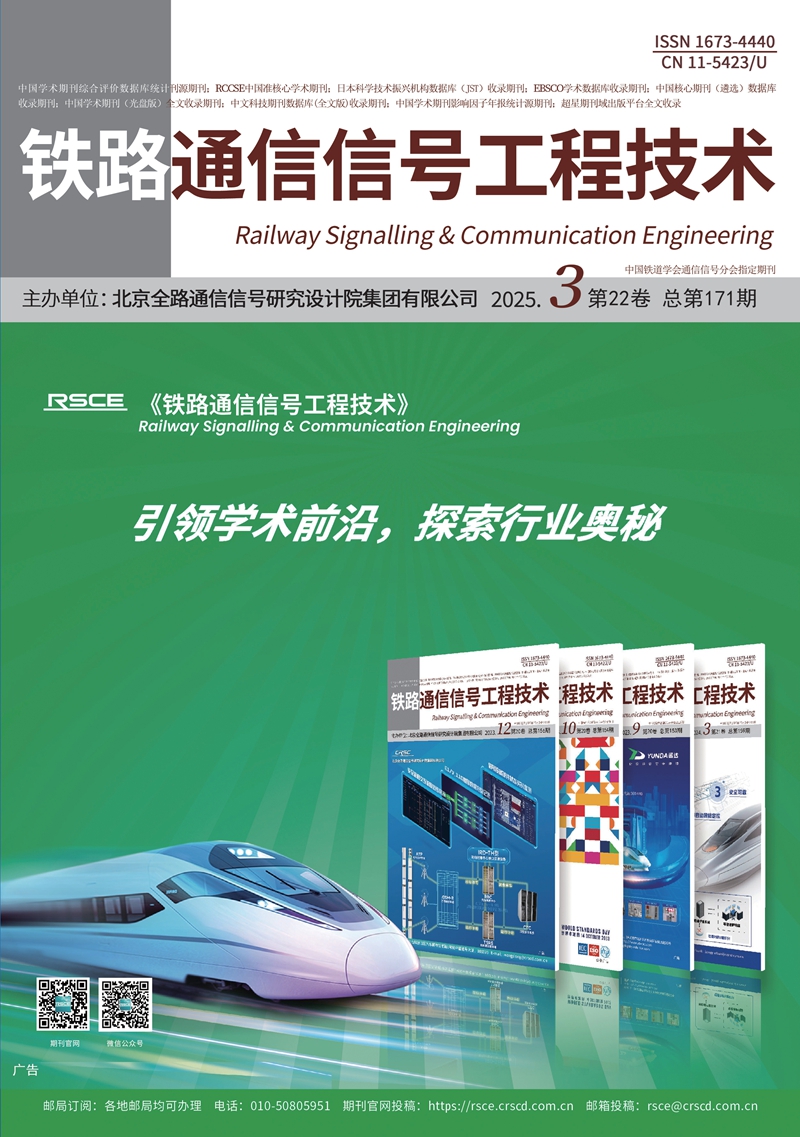
-
月刊
Monthly
-
第22卷 第3期 总第期
-
Vol.22 No.3 S.No.
-
出版:
2025-03-21
-
Published on:
-
创刊:2004 年
-
First Issue: 2004

